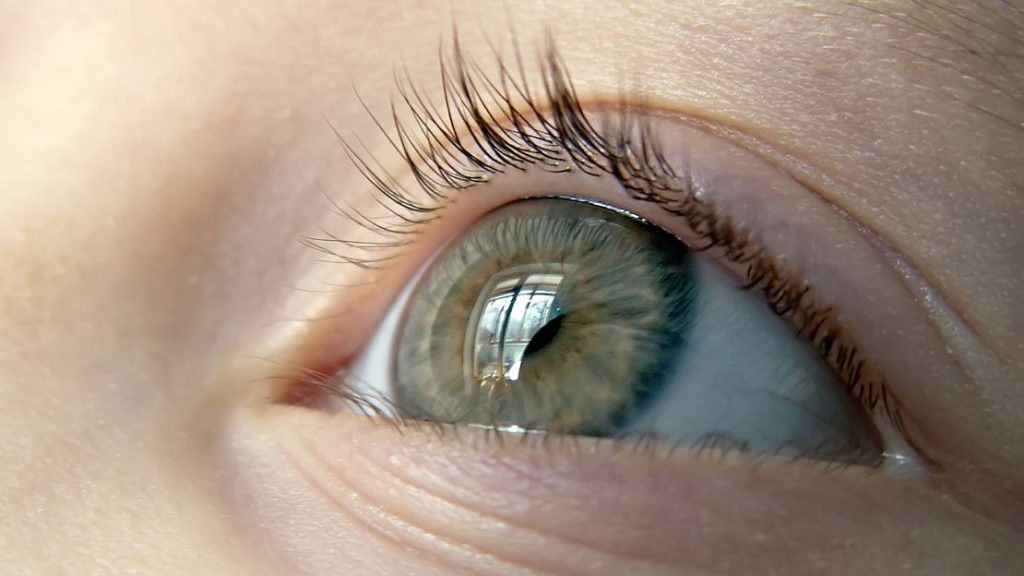Children With Type 2 Diabetes Face High Risk of Eye Damage

Diabetes among young people has been increasing at an alarming rate over the past decade. A study from the National Institute of Diabetes and Digestive and Kidney Diseases published this year showed that among Americans ages 19 and younger, type 1 diabetes cases increased by about 45 percent while type 2 diabetes cases in this age group shot up by 95.3 percent from 2001 to 2017.
As a result, more young people have been developing serious health problems related to the condition, including severe eye damage. Research presented in JAMA Ophthalmology now indicates that kids with type 2 diabetes especially face a high risk of eye trouble.
Based on medical records of residents of Olmsted County, Minnesota, study authors found that among 525 youths ages 22 and under, the risk of diabetic retinopathy within the first 15 years of disease was 88 percent greater in those with type 2 diabetes (T2D), compared to those with type 1 diabetes (T1D).
Lead author Patricia Bai, an MD candidate at the Mayo Clinic Alix School of Medicine in Scottsdale, Arizona, tells Everyday Health that she was surprised by how much more likely youth diagnosed with type 2 diabetes were to develop retinopathy than youth with type 1 diabetes.
“We found a higher prevalence of retinopathy in our type 2 cohort compared to prior studies. However, this may be the result of longer follow-up times as our study reviewed each patient’s chart for up to 40 years of age when available,” says Bai.
Bai and her co-researchers at the Mayo Clinic also noted that diabetic retinopathy, proliferative diabetic retinopathy (a more advanced form of the disease), and the need for pars plana vitrectomy (a common type of retina surgery) occurred within a shorter diabetes duration for children with T2D compared with T1D.
The report also confirmed a very low risk for advanced retinopathy before puberty. The mean age at diagnosis in the study group was about 12 years old.
As to why type 2 diabetes cases have increased so much more than type 1 diabetes cases, Jean Lawrence, a doctor of science and program director in the division of diabetes, endocrinology, and metabolic diseases with the National Institute of Diabetes and Digestive and Kidney Diseases (NIDDK), suggests that certain risk factors may be at play.
While type 1 diabetes can’t be prevented, risk factors such as excessive weight gain, obesity, and a sedentary lifestyle may increase the odds of developing type 2 diabetes.
“Childhood obesity increased from 13.9 percent in 1999–2000 to 18.5 percent in 2015–2016,” says Dr. Lawrence, who was not involved in this study. “Other contributing factors for increases in type 2 diabetes may include increases in exposure to maternal obesity and exposure to environmental chemicals.”
She notes that this study confirmed results from SEARCH for Diabetes in Youth, a national multicenter study aimed at understanding more about diabetes among children and young adults. The prevalence of diabetic retinopathy in the SEARCH study was significantly higher for participants with type 2 diabetes (9.1 percent) when compared with participants with type 1 diabetes (5.6 percent) at an average of eight years after diabetes diagnosis for both groups.
In an accompanying editorial, Jennifer K. Sun, MD, an associate professor of ophthalmology at Harvard Medical School in Boston, underscored the need for further study of diabetic retinopathy in young people as cases among young people of T1D are predicted to nearly triple and cases of T2D are expected to quadruple by 2050.
Dr. Sun indicated that future research may reveal distinctions between T1D and T2D that will explain the risk difference between the two types of diabetes and provide insight into therapeutic targets to preserve vision in youth with diabetes.
“These findings suggest that to prevent serious ocular complications, children with T2D may require ophthalmoscopic evaluations at least as frequently as or more frequently than children,” concluded the authors. The results emphasize the need to differentiate between the two diseases when discussing retinopathy screening recommendations with patients and families, according to Bai.
Lawrence notes that these findings serve as a “stark reminder” of the importance of diabetes prevention, and, when that is not possible, “the importance of early intervention strategies to mitigate the impact of having diabetes early in the course of the disease, focused on the management of glucose as well as other health conditions such as blood pressure.”
